This week federal authorities issued warnings to manufacturers and retailers selling e-liquid products in packages that deliberately mimic juice boxes, candy, cookies, and even Reddi-wip.
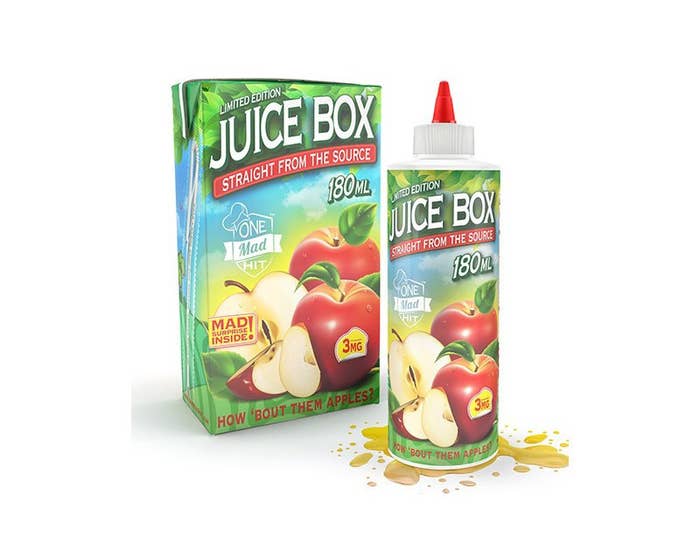
E-liquid is poisonous if swallowed — but some manufacturers are using packaging with labels and imagery that make the nicotine-containing fluid look like your favorite childhood snacks. And federal authorities are taking action.
The US Food and Drug Administration joined the Federal Trade Commission to issue 13 warning letters to companies that "misleadingly labeled or advertised nicotine-containing e-liquids as kid friendly food products such as juice boxes, candies, and cookies," the FDA wrote. Some of the companies were also cited for illegally selling e-cigarette products to minors.
The e-liquids, such as "One Mad Hit Juice Box" (pictured above), could put people at risk for liquid nicotine overdoses — especially young children. “No child should be using any tobacco product, and no tobacco products should be marketed in a way that endangers kids — especially by using imagery that misleads them into thinking the products are things they’d eat or drink," FDA Commissioner Scott Gottlieb told reporters in a press briefing.
The warnings are part of the FDA's Youth Tobacco Prevention Plan, which aims to enforce regulations preventing underage access to tobacco products, including e-cigarettes. Just last week, the FDA announced a nationwide crackdown on retailers selling the Juul, the sleek and wildly popular e-cigarette taking over schools and campuses around the country.
Several of the companies who received warnings have already removed the e-liquids under scrutiny from their websites, but the products are still available from other online retailers.

E-liquid (or "e-juice") is the fluid inside of vaporizers or e-cigarettes that gets heated to create a vapor, which users inhale. It's typically a mixture of propylene glycol, glycerin, nicotine, water, and flavorings. Some vaporizer models require the consumer to refill the e-liquid, so it's sold separately. Other models, such as the Juul e-cigarette, require prefilled cartridges.
There are different types of e-liquid with varying levels of nicotine, and they come in just about any flavor you can imagine. These include salted caramel, whipped cream, cereal milk, and rosé wine, to name just a few.
The companies under fire from federal authorities have taken it one step further by packaging the flavored e-liquid to actually look like it belongs on a shelf in the grocery store. The concern is that the kid-friendly packaging could both make the e-liquid more attractive to young e-cigarette users and misleading for children, who may confuse the e-liquid for food and poison themselves.
The FDA provided images of the e-liquids next to photos of real food products to illustrate the striking similarities. "Looking at these side-to-side comparisons is alarming. It is easy to see how a child could confuse these e-liquid products for something they believe they’ve consumed before," Gottlieb said.

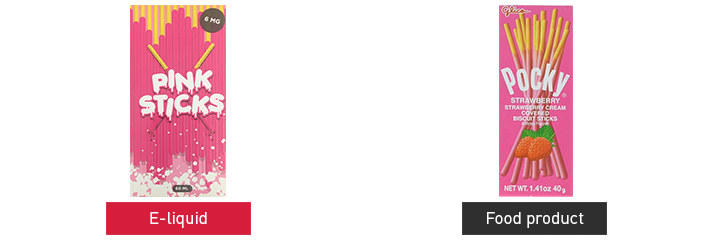
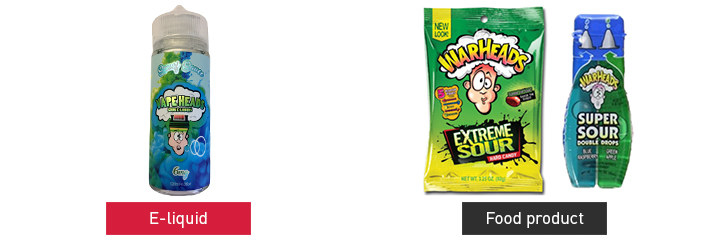
E-liquid containing nicotine is highly poisonous if swallowed, and exposures can result in seizures, coma, and death.
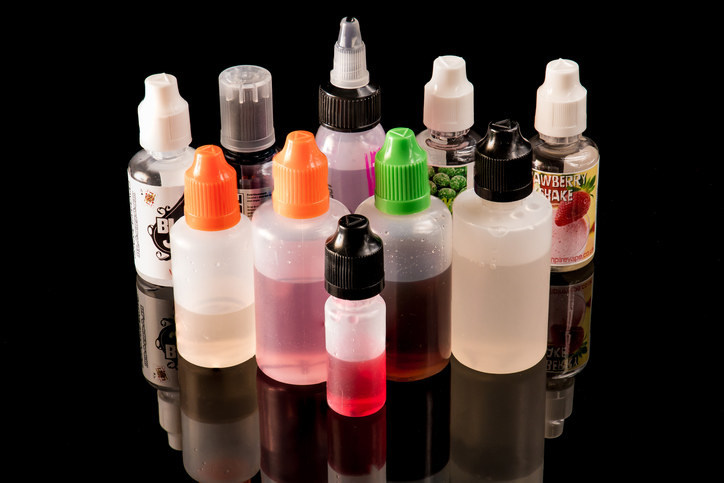
The growing popularity of electronic nicotine devices in the last 10 years coincided with an increase in calls to poison control centers and ER visits related to e-cigarette and liquid nicotine exposures, according to reports from the National Poison Data System published in Pediatrics. Between January 2012 and April 2017 there were 8,269 exposures among children younger than six. An "exposure" could mean ingestion, inhalation, or absorption into the skin or eyes; not all exposures are poisonings or overdoses.
In 2014, a 1-year-old boy in New York died after accidentally ingesting liquid nicotine; he was the first child to die in the US from e-liquid poisoning. Although the number of exposures to e-liquid has decreased since 2014 — largely thanks to increased regulations and childproof containers — these preventable accidents remain a public health concern.
If you use e-cigarettes, there are a few steps you can take to protect yourself and family members. The American Association of Poison Control Centers recommends protecting your skin when handling e-liquid or refilling your vaporizer and keeping all of your e-cigarette products and liquid nicotine locked away and out of the reach of children. If you think you or a child has been exposed to e-liquid or nicotine, call your local poison center (1-800-222-1222) immediately.
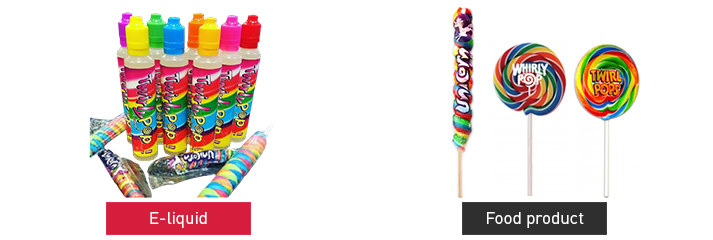
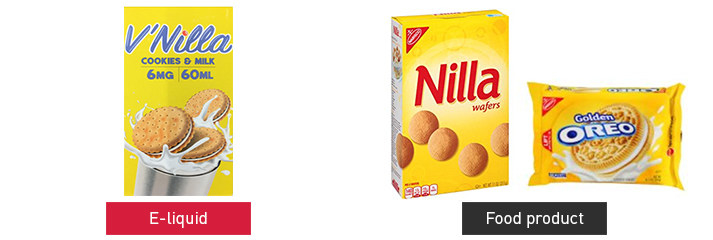
Electronic nicotine delivery devices were originally marketed as alternatives for adult smokers trying to quit tobacco cigarettes. However, they have become increasingly popular among nonsmokers, especially young people, who can get hooked on nicotine from the device without even smoking one cigarette.
“While we continue to encourage the development of potentially less harmful forms of nicotine delivery for currently addicted adult smokers, we will not allow that work to come at the expense of our children," Gottlieb said. The long-term health effects of using e-cigarettes are not known, but the nicotine they deliver is highly addictive and it can affect brain development in children and teens.
"Companies selling these products have a responsibility to ensure they aren’t putting children in harm’s way or enticing youth use, and we’ll continue to take action against those who sell tobacco products to youth and market products in this egregious fashion,” said Gottlieb.
